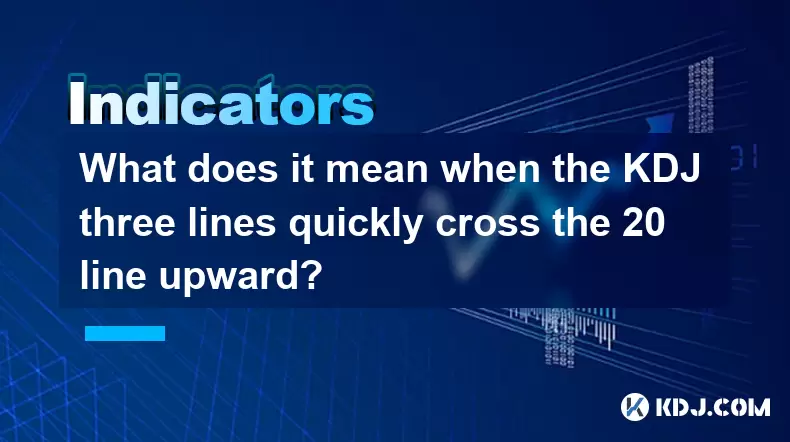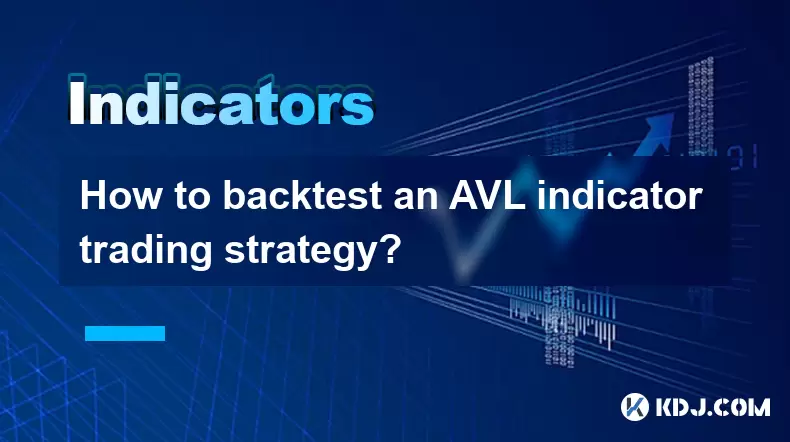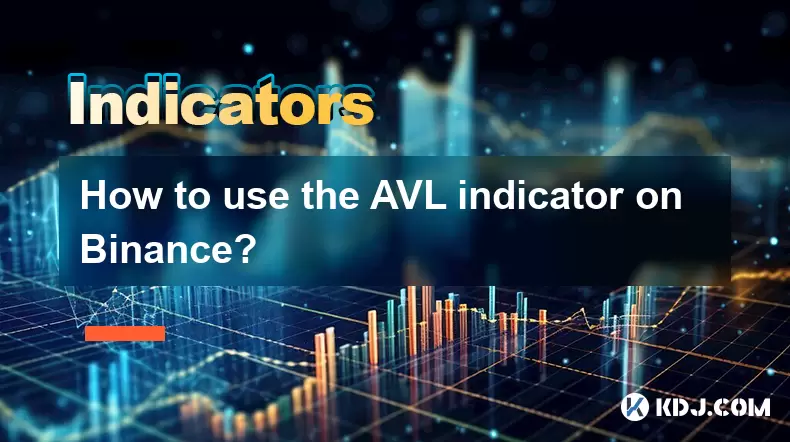-
 Bitcoin
Bitcoin $117700
-0.03% -
 Ethereum
Ethereum $3805
0.49% -
 XRP
XRP $3.098
-1.00% -
 Tether USDt
Tether USDt $1.000
0.03% -
 BNB
BNB $792.8
-1.72% -
 Solana
Solana $177.9
-1.95% -
 USDC
USDC $1.000
0.02% -
 Dogecoin
Dogecoin $0.2202
-1.55% -
 TRON
TRON $0.3278
-2.92% -
 Cardano
Cardano $0.7641
-2.43% -
 Hyperliquid
Hyperliquid $42.21
-2.68% -
 Sui
Sui $3.758
-1.58% -
 Stellar
Stellar $0.4080
-3.21% -
 Chainlink
Chainlink $17.75
-0.33% -
 Bitcoin Cash
Bitcoin Cash $591.8
4.96% -
 Hedera
Hedera $0.2561
-3.09% -
 Avalanche
Avalanche $23.34
-4.24% -
 Litecoin
Litecoin $110.7
1.96% -
 UNUS SED LEO
UNUS SED LEO $8.956
-0.01% -
 Toncoin
Toncoin $3.410
0.79% -
 Ethena USDe
Ethena USDe $1.001
0.03% -
 Shiba Inu
Shiba Inu $0.00001288
-1.82% -
 Uniswap
Uniswap $10.07
-2.06% -
 Polkadot
Polkadot $3.807
-2.27% -
 Monero
Monero $308.2
-2.15% -
 Dai
Dai $1.000
0.03% -
 Bitget Token
Bitget Token $4.521
-0.30% -
 Pepe
Pepe $0.00001134
-1.52% -
 Cronos
Cronos $0.1457
0.65% -
 Aave
Aave $274.9
-2.47%
What does it mean when the KDJ three lines quickly cross the 20 line upward?
A rapid KDJ cross above 20 signals strong bullish momentum in crypto, especially when confirmed by volume, price action, and support levels.
Jul 30, 2025 at 05:36 am

Understanding the KDJ Indicator in Cryptocurrency Trading
The KDJ indicator is a momentum oscillator widely used in cryptocurrency technical analysis to identify overbought and oversold conditions. It consists of three lines: the %K line, the %D line, and the %J line. The %K line represents the current closing price relative to the price range over a specified period, typically 9 periods. The %D line is a moving average of the %K line, usually a 3-period simple moving average, and the %J line is derived from the formula: J = 3 × %K – 2 × %D. This combination allows traders to assess short-term momentum and potential reversal points.
When analyzing price movements in volatile markets like cryptocurrency, the KDJ indicator helps detect shifts in sentiment. Values below 20 are generally considered oversold, while values above 80 are seen as overbought. A rapid upward cross of the 20 line by all three KDJ lines often signals a strong shift from oversold conditions toward bullish momentum. This movement suggests that buying pressure is increasing and could precede a price rally.
Interpreting the Rapid Upward Cross Below the 20 Line
When the K, D, and J lines all quickly rise above the 20 level, it indicates a sharp reversal from an oversold state. This scenario typically occurs after a steep price decline in a cryptocurrency, where selling pressure has exhausted. The rapid ascent implies that buyers are stepping in aggressively, overpowering recent sellers. In crypto markets, which are highly sensitive to sentiment and news, such a move can be triggered by positive developments, short covering, or market-wide recovery.
The significance of all three lines crossing together enhances the reliability of the signal. If only the %K line crosses while %D and %J remain below 20, the signal may be premature. However, when all three lines surge above 20 simultaneously, it reflects broad-based momentum across different timeframes. The J line, being the most sensitive, often leads the move, followed by %K and then %D. A steep angle in the rise further confirms the strength of the reversal.
How to Confirm the Signal in Crypto Charts
To validate a rapid upward cross of the 20 line, traders should combine the KDJ signal with additional technical tools. One effective method is checking volume patterns. A spike in trading volume during the KDJ crossover supports the authenticity of the reversal. For example, if Bitcoin’s price has been declining on low volume and suddenly surges with high volume as KDJ crosses 20, it reinforces the likelihood of a sustained upward move.
Another confirmation technique involves analyzing price action. Look for bullish candlestick patterns such as a hammer, bullish engulfing, or morning star near the same time as the KDJ crossover. These patterns suggest that buyers are taking control. Additionally, aligning the signal with key support levels or trendline breaks increases its reliability. For instance, if Ethereum finds support at a long-term moving average while KDJ crosses 20, the combined evidence strengthens the buy signal.
Step-by-Step Guide to Using KDJ in Trading Platforms
To apply the KDJ indicator and monitor for rapid upward crosses at the 20 line, follow these steps on popular cryptocurrency trading platforms like Binance, TradingView, or Bybit:
- Open your preferred trading chart and select the cryptocurrency pair you want to analyze
- Click on the "Indicators" button and search for "KDJ" or "Stochastic" (some platforms label it as Stochastic, but settings can be adjusted to match KDJ)
- Set the parameters to 9, 3, 3 (default for KDJ: 9-period %K, 3-period %D, and 3-period smoothing for %J)
- Adjust the overbought/oversold levels to display horizontal lines at 20 and 80
- Observe the three lines (%K, %D, %J) and wait for all of them to be below 20
- Monitor for a sharp upward movement where all three lines cross above 20 within one or two candlesticks
- Confirm the move with volume and price action before executing a trade
Ensure the chart timeframe matches your strategy. For day trading, use 15-minute or 1-hour charts; for swing trading, 4-hour or daily charts are more appropriate. Always backtest the setup on historical data to evaluate its effectiveness in specific crypto assets.
Risks and Limitations of the KDJ Signal
While a rapid upward cross of the 20 line is a bullish signal, it is not foolproof. In highly volatile cryptocurrency markets, false signals are common. For example, a sudden pump driven by whale activity or social media hype may trigger the KDJ crossover, but the price could reverse quickly if fundamentals do not support the move. Therefore, relying solely on KDJ can lead to losses.
Another limitation is lagging behavior. Although the J line is responsive, the %D line is a moving average and may confirm the signal after the price has already moved significantly. This delay can result in entering trades at less favorable prices. Moreover, in strong downtrends, the KDJ may briefly rise above 20 only to fall back, creating a bull trap.
Market conditions also affect the indicator’s accuracy. During low liquidity periods, such as weekends or holidays, price movements can be exaggerated, leading to misleading KDJ readings. Traders should always consider the broader market context, including macroeconomic factors and on-chain data, to avoid over-reliance on any single indicator.
Common Questions About KDJ Crossovers at the 20 Level
What timeframes are best for detecting rapid KDJ crosses above 20?
Shorter timeframes like 15-minute or 1-hour charts are ideal for spotting quick reversals, especially in day trading. Longer timeframes such as 4-hour or daily charts provide stronger confirmation but may result in delayed signals.
Can the KDJ indicator be used for altcoins?
Yes, the KDJ works for most cryptocurrencies, including altcoins. However, due to higher volatility and lower liquidity in some altcoins, the signals may be noisier. It is advisable to combine KDJ with volume analysis and price structure when trading smaller-cap tokens.
Does the slope of the KDJ lines matter when crossing 20?
Yes, a steep upward slope indicates strong momentum and a higher probability of a sustained rally. A gradual or flat cross may suggest weak buying interest and a higher chance of failure.
How do I adjust KDJ settings for different market conditions?
In fast-moving markets, reducing the %K period to 5 or 7 can make the indicator more responsive. In ranging markets, keeping the default 9, 3, 3 settings helps filter out noise. Always test adjustments in a demo environment before live trading.
Disclaimer:info@kdj.com
The information provided is not trading advice. kdj.com does not assume any responsibility for any investments made based on the information provided in this article. Cryptocurrencies are highly volatile and it is highly recommended that you invest with caution after thorough research!
If you believe that the content used on this website infringes your copyright, please contact us immediately (info@kdj.com) and we will delete it promptly.
- Retail, Crypto, Visibility: Decoding the Signals in Today's Market
- 2025-07-31 12:31:08
- Bitcoin, Altcoin Selloff, and the FOMC Decision: A Crypto Market Rollercoaster
- 2025-07-31 12:35:33
- Cold Wallet vs. MetaMask: A Crypto Wallet Revolution?
- 2025-07-31 10:30:57
- Bitcoin Casinos in 2025: Instant Payouts and Welcome Bonuses
- 2025-07-31 10:50:33
- Meme Coins in 2025: Token Burns and the Quest for Moonshots
- 2025-07-31 10:50:33
- Unlocking Value: A Deep Dive into Random Year 1 oz Krugerrand Gold Coins
- 2025-07-31 10:57:21
Related knowledge

How to use the AVL indicator to confirm a trend?
Jul 31,2025 at 10:25am
Understanding the AVL Indicator and Its ComponentsThe AVL indicator, also known as the Accumulation Volume Line, is a technical analysis tool that com...

How does volume affect the AVL indicator?
Jul 31,2025 at 11:23am
Understanding the AVL Indicator and Its Core ComponentsThe AVL indicator, short for Accumulation Volume Line, is a technical analysis tool used primar...

How to backtest an AVL indicator trading strategy?
Jul 31,2025 at 01:07pm
Understanding the AVL Indicator and Its Role in TradingThe AVL indicator, also known as the Accumulation Volume Line, is a technical analysis tool tha...

How to use the AVL indicator with MACD for better signals?
Jul 31,2025 at 09:22am
Understanding the AVL Indicator and Its Role in Cryptocurrency TradingThe AVL indicator, also known as the Accumulation Volume Line, is a volume-based...

How to identify sell signals with the AVL indicator?
Jul 31,2025 at 07:09am
Understanding the AVL Indicator and Its Core ComponentsThe AVL indicator, also known as the Accumulation Volume Line, is a volume-based technical anal...

How to use the AVL indicator on Binance?
Jul 31,2025 at 12:22pm
Understanding the AVL Indicator and Its Relevance on BinanceThe AVL indicator, also known as the Accumulation Volume Line, is a technical analysis too...

How to use the AVL indicator to confirm a trend?
Jul 31,2025 at 10:25am
Understanding the AVL Indicator and Its ComponentsThe AVL indicator, also known as the Accumulation Volume Line, is a technical analysis tool that com...

How does volume affect the AVL indicator?
Jul 31,2025 at 11:23am
Understanding the AVL Indicator and Its Core ComponentsThe AVL indicator, short for Accumulation Volume Line, is a technical analysis tool used primar...

How to backtest an AVL indicator trading strategy?
Jul 31,2025 at 01:07pm
Understanding the AVL Indicator and Its Role in TradingThe AVL indicator, also known as the Accumulation Volume Line, is a technical analysis tool tha...

How to use the AVL indicator with MACD for better signals?
Jul 31,2025 at 09:22am
Understanding the AVL Indicator and Its Role in Cryptocurrency TradingThe AVL indicator, also known as the Accumulation Volume Line, is a volume-based...

How to identify sell signals with the AVL indicator?
Jul 31,2025 at 07:09am
Understanding the AVL Indicator and Its Core ComponentsThe AVL indicator, also known as the Accumulation Volume Line, is a volume-based technical anal...

How to use the AVL indicator on Binance?
Jul 31,2025 at 12:22pm
Understanding the AVL Indicator and Its Relevance on BinanceThe AVL indicator, also known as the Accumulation Volume Line, is a technical analysis too...
See all articles

























































































